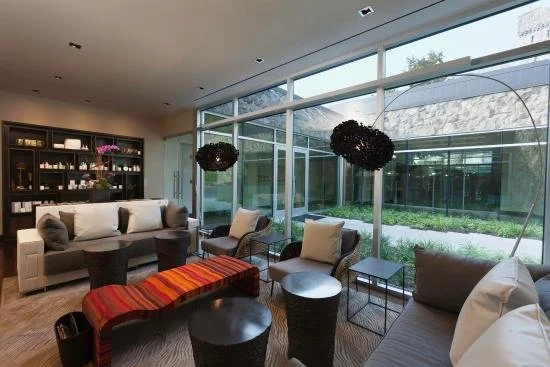5 Reasons to Use a Design-Build Pro for Your Senior Living Facilities Upgrade in New York City
If your senior living facility needs to be modernized, you may be wondering whether you should work with an architect and then take your project to a builder - or if there’s an alternative that will make the process more streamlined and potentially more cost-effective. There is: design-build. Here are 5 reasons to use a design-build pro for your senior living facilities upgrade in New York City.
Related: Modern Touches: Construction Trends for New Senior Living Facilities in Westchester County, NY
1. Clarity and Communication
Choosing to go with a design-build firm versus individual entities all comes down to clarity and communication. In a large-scale project, it’s not just the architect and builder who need to communicate to realize the client’s vision (and on time, and within budget). Additional experts such as various types of engineers may be involved. There has to be absolute clarity on the goals, the process, and of course the budget and timeline.
When an architect, builder, and engineer(s) work for the same company, communication is faster, and collaboration is often smoother. This team approach can result in a well-managed project from start to finish.
2. Single Point of Contact
When dealing with separate entities, a client can often wonder, “Who’s in charge of this?” And trying to figure that out and connect with the right person can cause delays. In a design-build situation, the client is working with a project manager who oversees all of the moving parts, including the design phase.
Each step and each moving part is orchestrated by one person: design, budget compromises, zoning, permits and inspections, materials purchasing, hiring and overseeing any necessary subcontractors, and logistics such as heavy equipment staging, employee parking, materials storage, debris removal. The project manager also troubleshoots design change orders, weather delays, as well as delays or change orders due to materials shortages, staffing, and subcontracting.
A design-build firm can oversee the project from the initial client meeting to support after the project is completed. In most cases, this can also equate to lower costs and more convenience for the client.
3. Faster Communication and Resolution
It may seem trivial, but small delays like waiting for someone to reply to an email can add up and cause delays to the project timeline. This process of getting answers to questions is often much faster when done in-house.
For example, the initial design meeting involves the design-build firm and the client, to discuss the client’s vision, budget, and timeline. If this meeting were to be done with an independent architect, it would mean several extra steps in coordinating discussions about the drawings between all of the relevant parties.
4. One Contract
Another way a design-build solution simplifies a project is that there is one contract, rather than separate contracts for all of the involved parties. With just one contract, again there’s a time savings and potentially savings in legal fees should the client want to have each contract reviewed.
5. Less Stress
When working with a design-build firm, the client only has to take care of the construction loan. Everything else is handled by the project manager, including weather delays, materials shortages, and staffing issues that could potentially cause delays or even derail the project. Having the project handled in this way can mean that the client can focus on his or her business instead of spending much time overseeing the project.
Related: 5 Design-Build Processes to Know for Your Next Renovation Project in Brooklyn and Queens, NY

